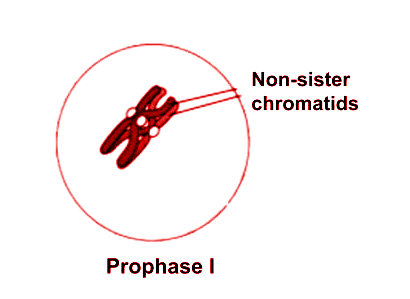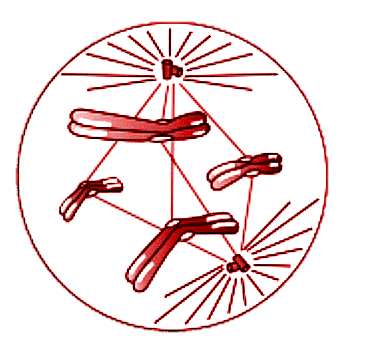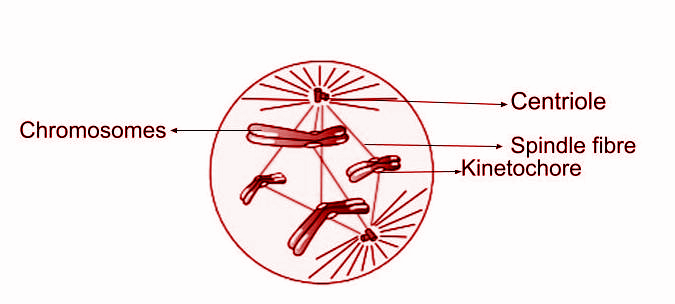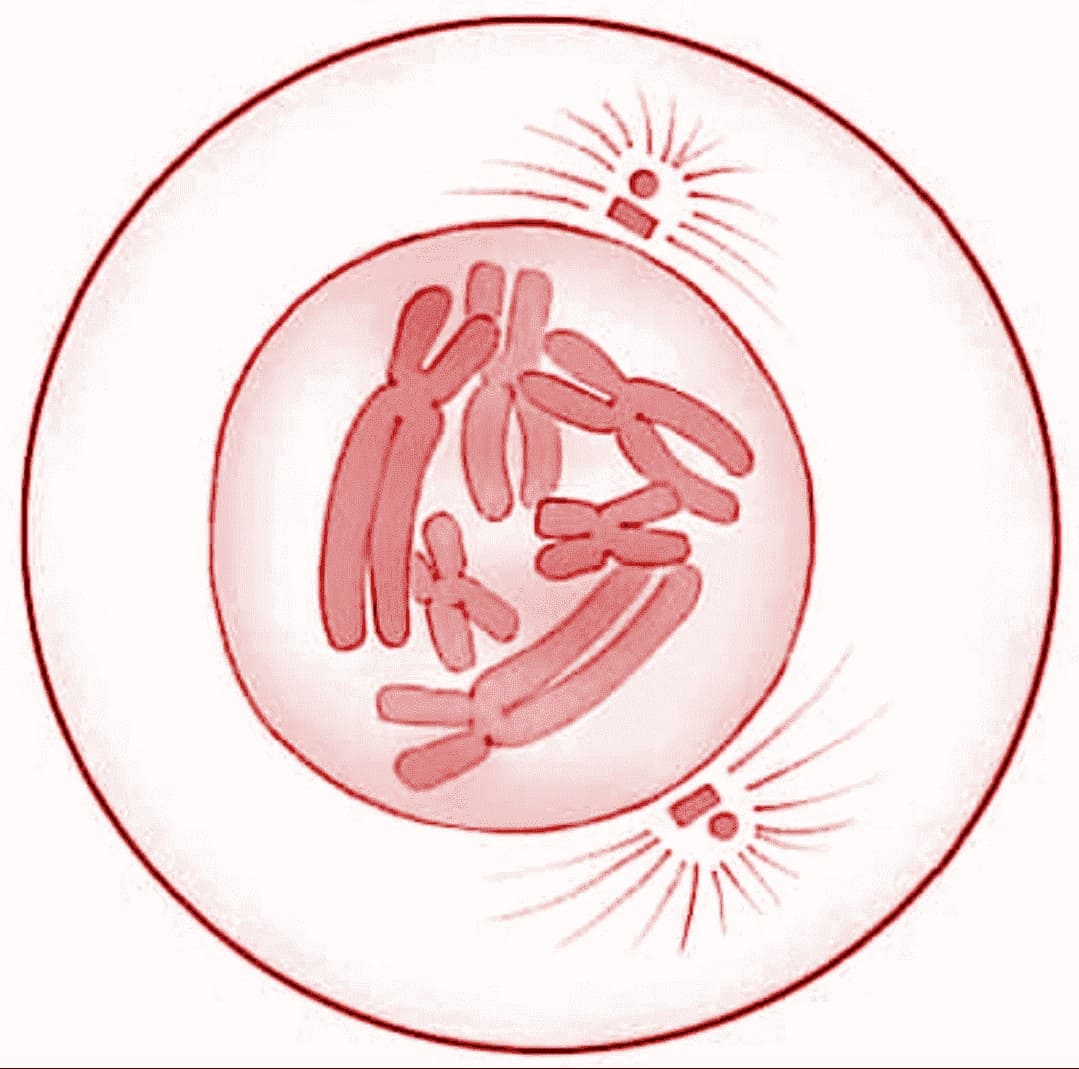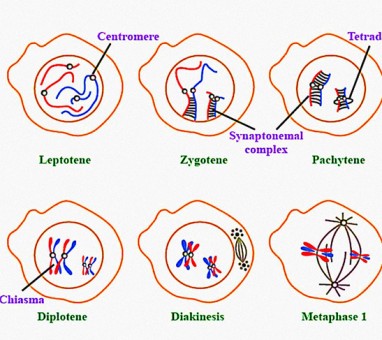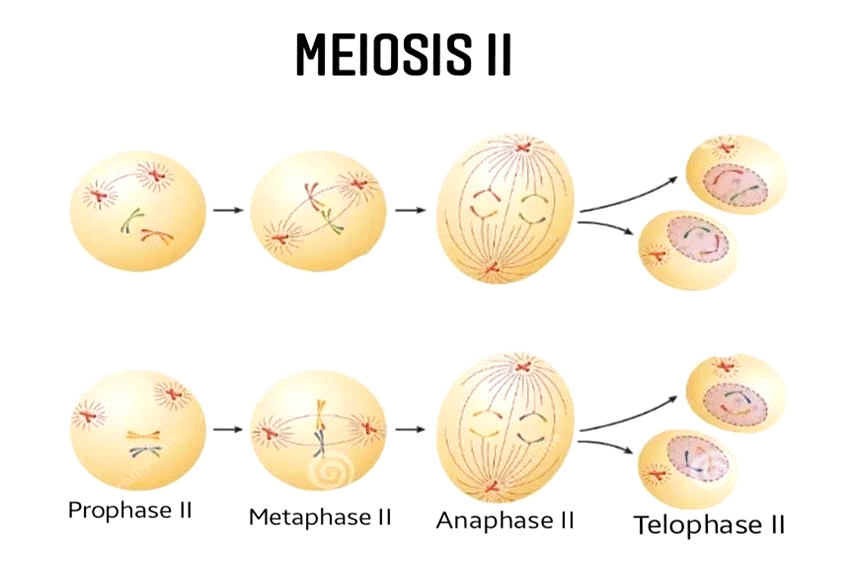NCERT Exemplar for Class 11 Biology PDF On Vedantu
FAQs on NCERT Exemplar for Class 11 Biology - Cell Cycle and Cell Division - Free PDF Download
1. Does the term ‘mitosis’ refer to anaphase only? Why does it not refer to cytokinesis as well?
This is a common question for students of Biology I. Mitosis refers to all of the phases of the cell cycle before DNA replication begins. It is a term used by biologists, not by scientists. Cytokinesis is a word used by scientists. It refers to a phase after mitosis where the cell becomes larger. It is part of the prophase or interphase of the cell cycle. Cells do not undergo cytokinesis every time they divide. In mitosis, the chromosomes condense to form what is known as the mitotic spindle. The nuclear membrane detaches from the cell and is discarded. The chromosomes are aligned by the spindle and then the mitotic spindle releases them to enter the mitosis phase of the next cell cycle.
2. What is the purpose of prophase in Class 11 Biology?
This is a question that is usually asked by students who study a course in Biology. Students assume that mitosis is a natural stage in the life cycle of cells and that it is the major reason why cells are so much smaller in size as compared to one another. This is wrong. In a cell cycle, the cells go through successive phases of rest and activity. Prophase, which is the first phase of mitosis, is the resting phase. Mitosis takes place when the cell returns to the active phase of the cell cycle.
3. How are anaphase described in the chapter cell cycle and cell division?
In anaphase, the duplicated chromosomes separate from each other. In telophase, the duplicated chromosomes come together and then replicate their DNA. The answer is both, depending upon what the specific question is. It could mean both the actual state of things at the time, or it could be a description of the outcome of the process. For example, if you asked, “What is the difference between anaphase and telophase?” It could mean, “Telophase is the end state of anaphase,” or, “Anaphase is the phase in which the two chromatids move to opposite poles and the chromatids separate,” or, “The duplication of the chromatids results in a telophase.”
4. How many stages are there in mitosis as per class 11 Biology?
There are four stages of mitosis. Prophase, which is the resting stage, and metaphase, ana/telophase and interphase are the active phases. Mitosis has a total of four stages, of which mitotic phase I has two phases. Phases II, III and IV have three phases each.
5. Where Can I download NCERT Exemplar for Class 11 Biology - Cell Cycle and Cell Division?
You can easily download Class 11 NCERT Biology from Vedantu. This is a textbook published by NCERT for Class 11 Science and is made easily available across different platforms of Vedantu for easy download in PDF format. The NCERT Exemplar Book contains sample questions and answers for the study material. Free access to study material available for free on Vedantu. Everything from the syllabus to the chapter wise solutions all can be downloaded in PDF format for free!























